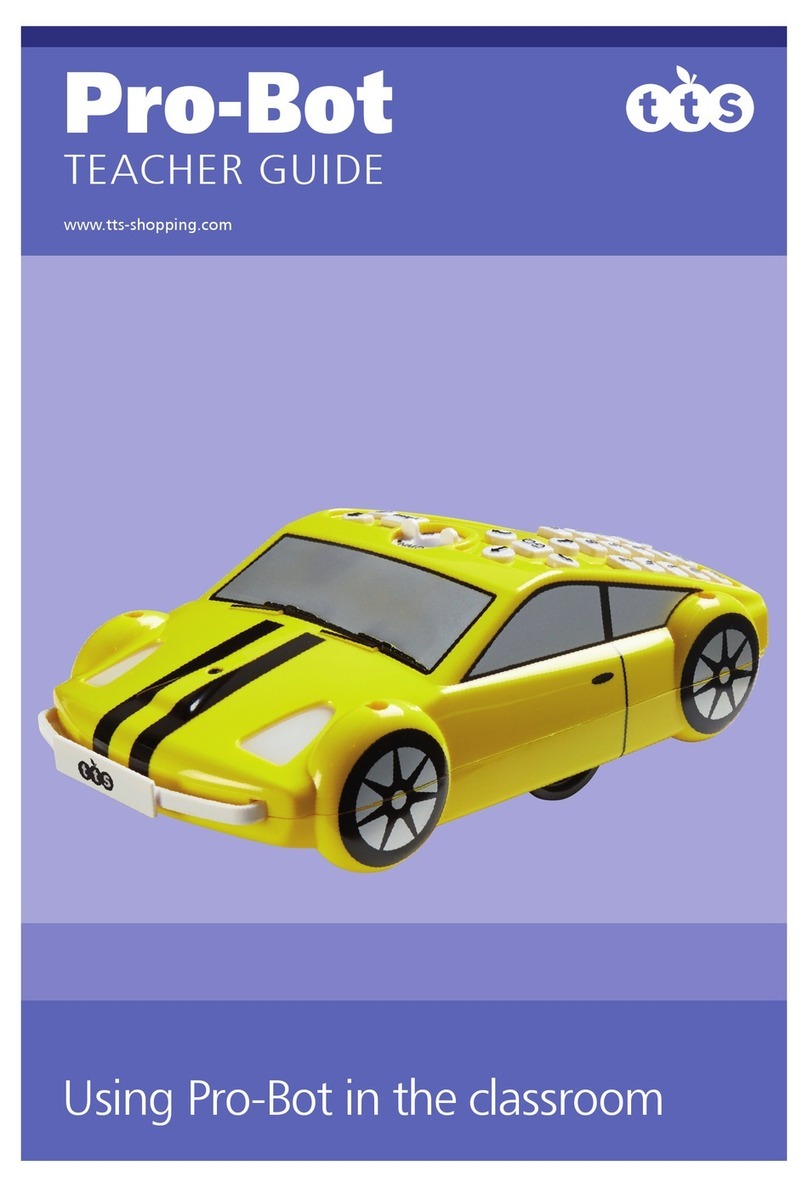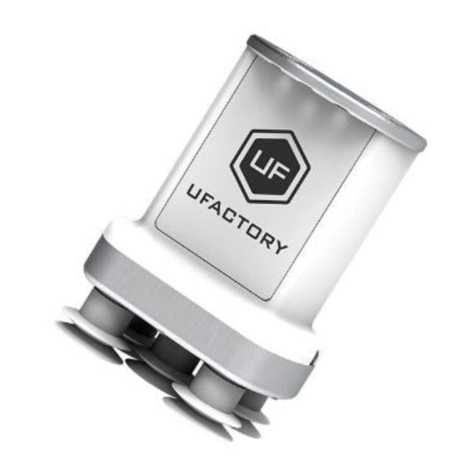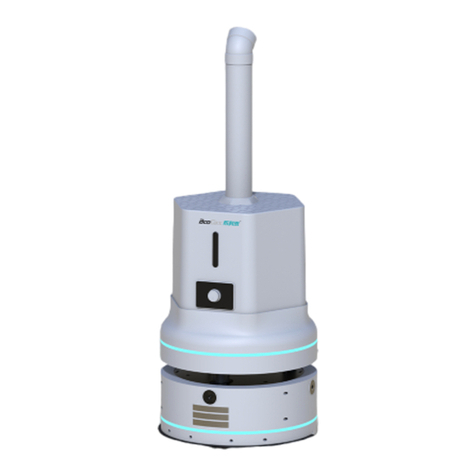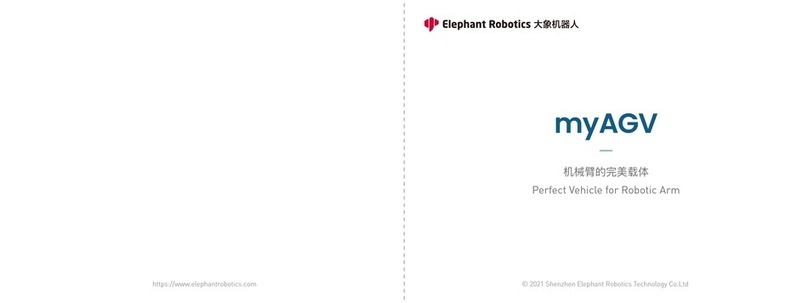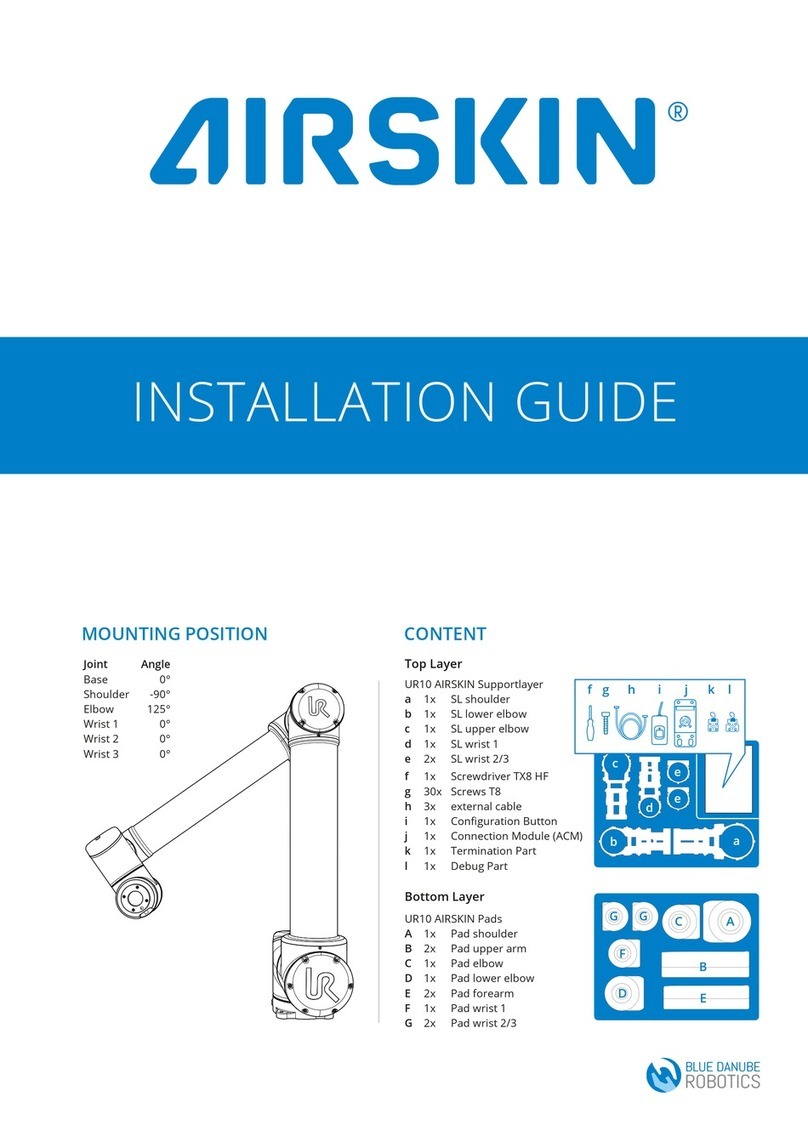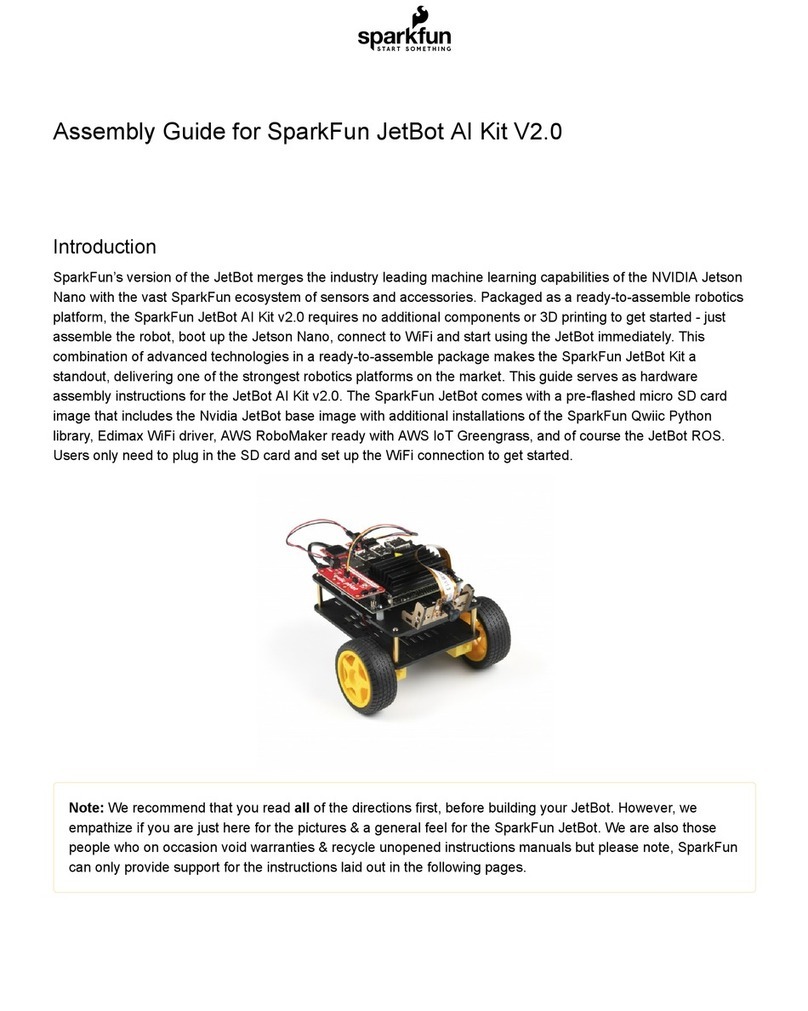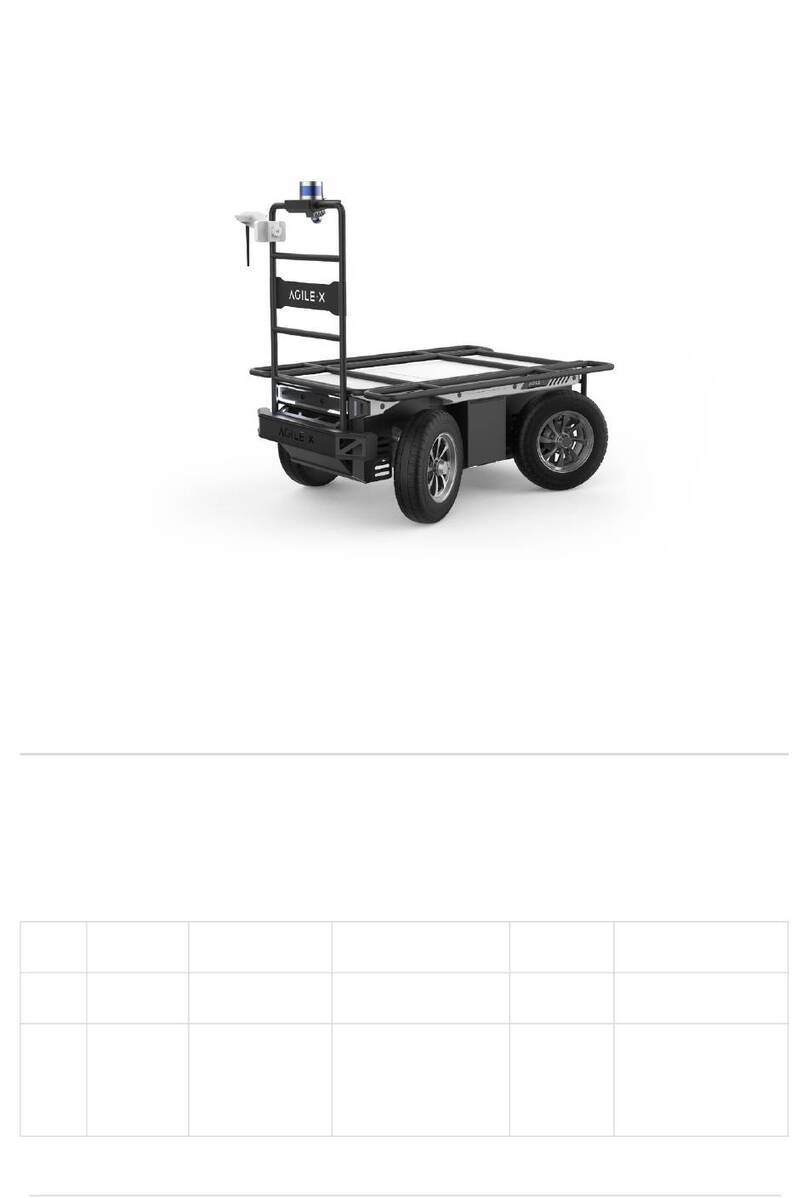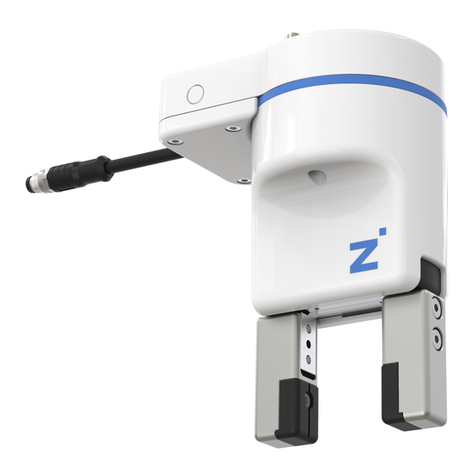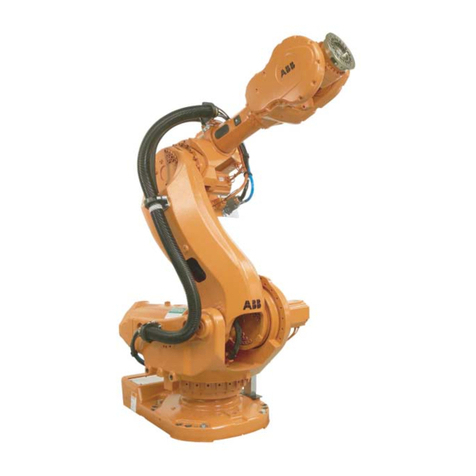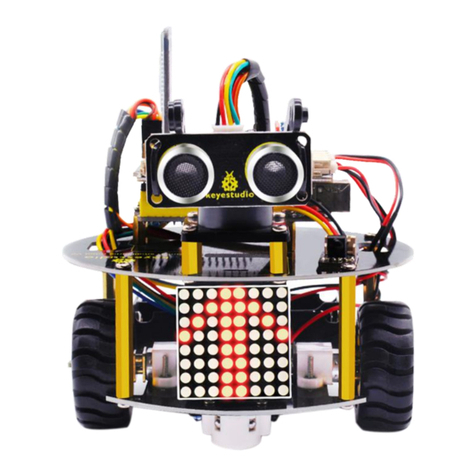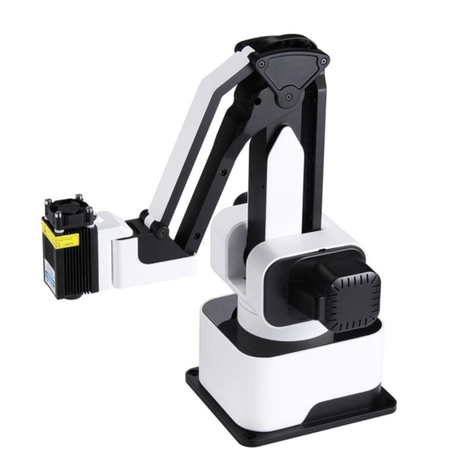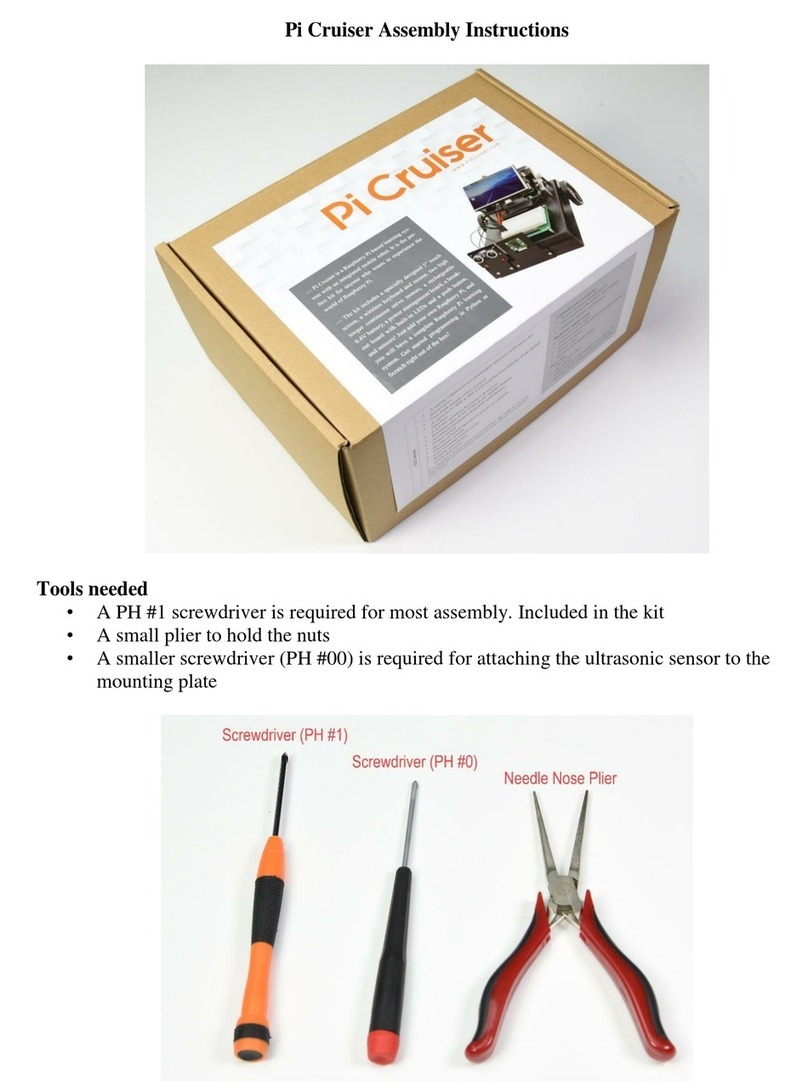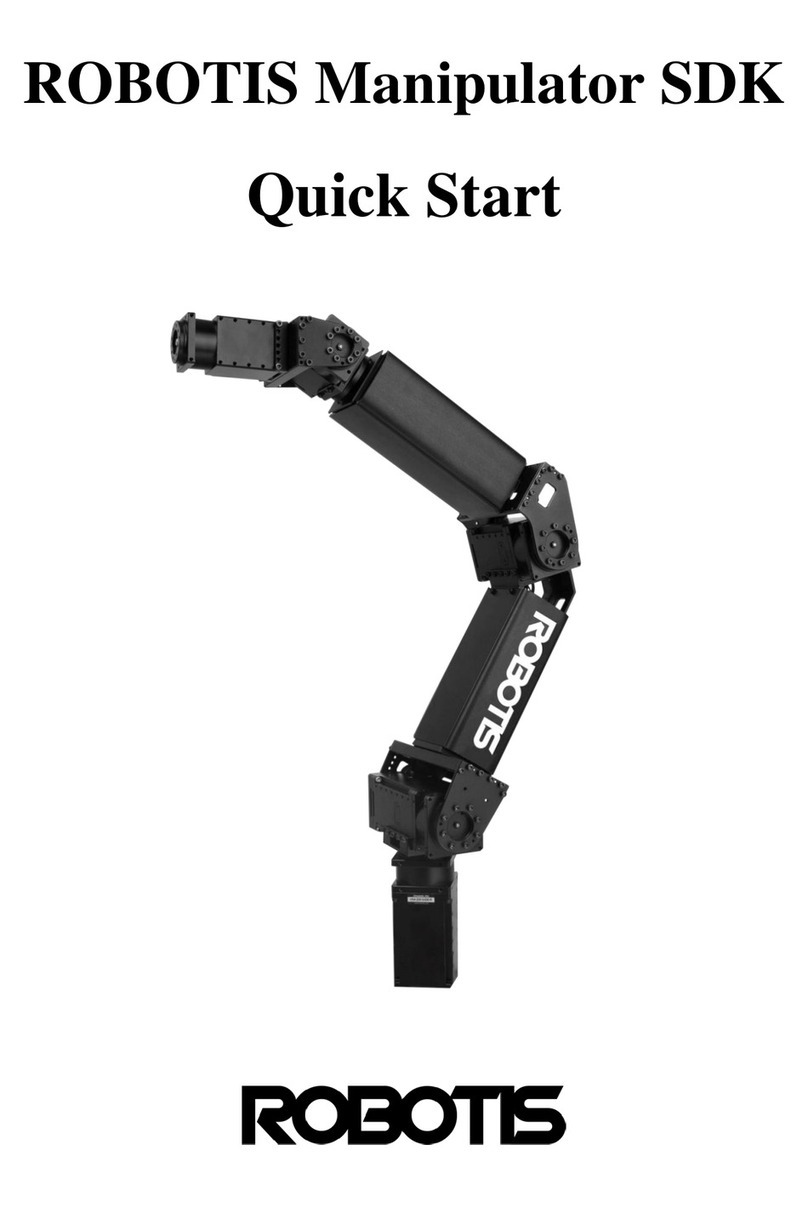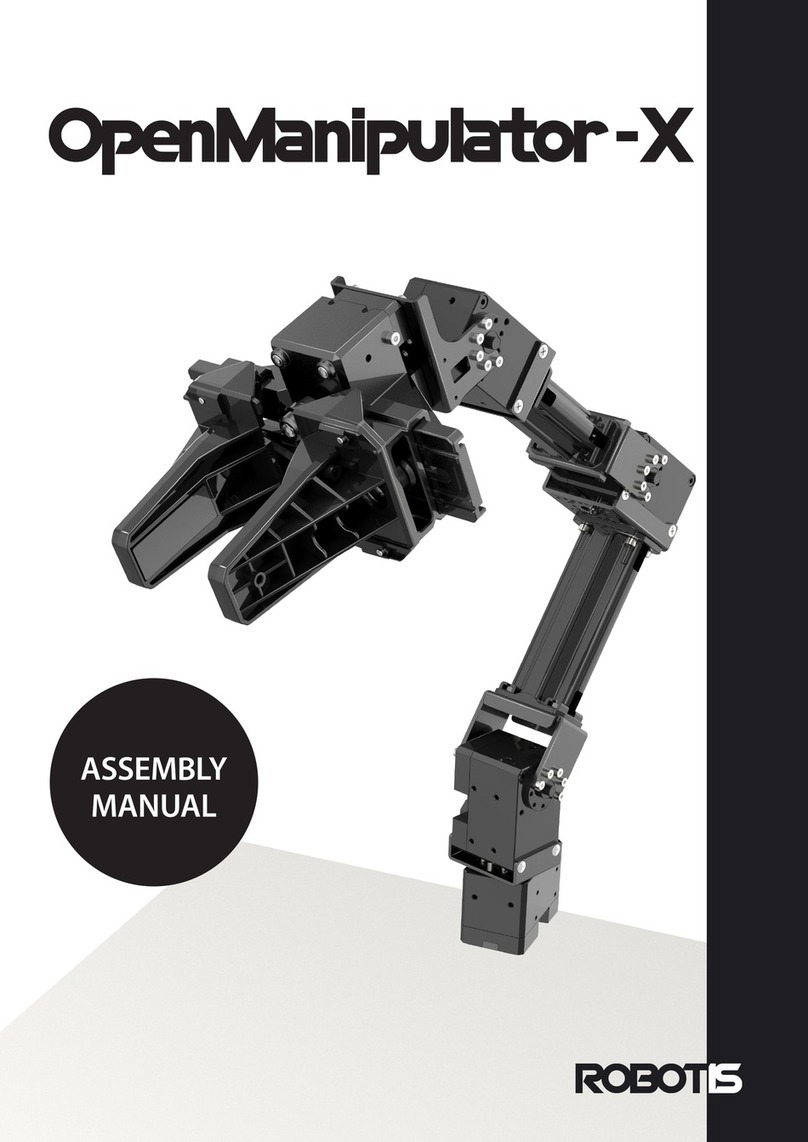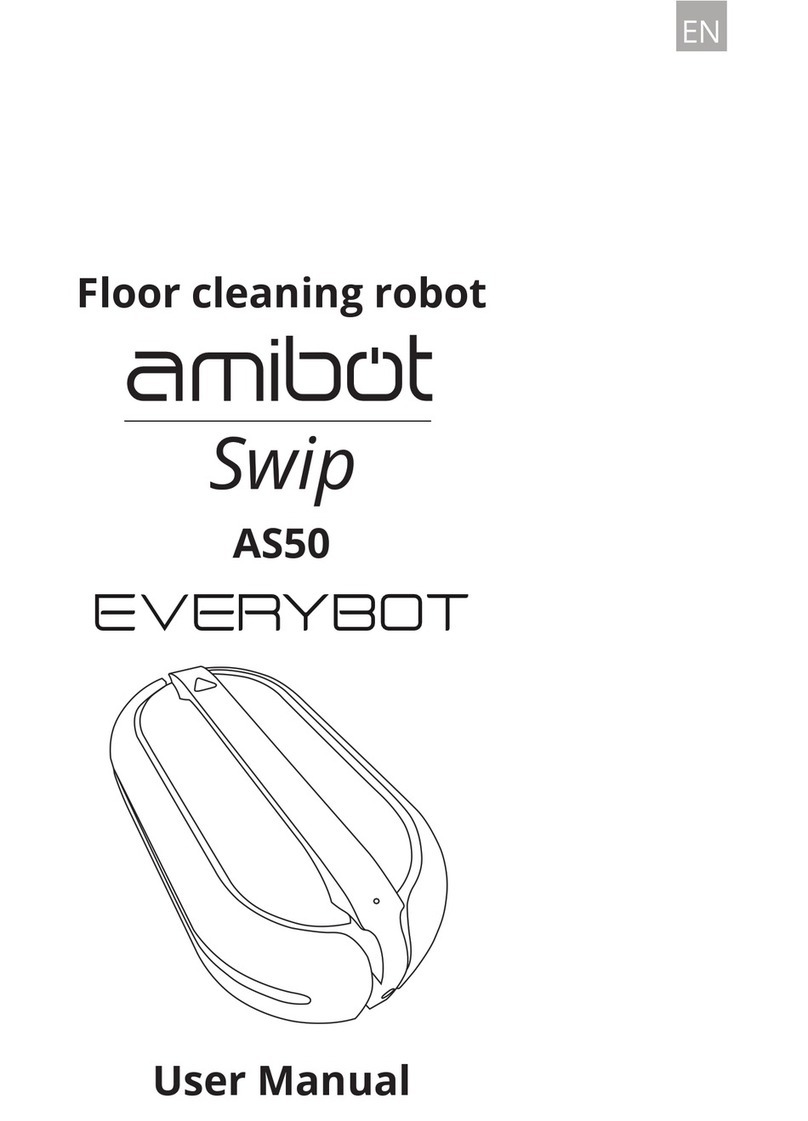SOLENICA CAIA BETA TEST User manual

!!!!!!
SOLENICA,*INC.*
USER MANUAL
CAIA BETA TEST

1
CAIA
USER MANUAL FOR BETA TEST
INTRODUCTION
Hello and welcome! Thank you so much for your collaboration and support during this very
important step of CAIA’s development. We are so excited that you’ll be testing CAIA over the
next 3 months. Please help us make her the best she can be.
This document is a USER MANUAL. Please let us know if you found the content to be useful
and if you thought anything was missing or could be improved.
CAIA is solar powered. She does not need to be plugged into the electricity. This means that
when you open the box, she will need to be charged before you can start using her (more
details inside this manual).
To communicate with us, please use the email address: [email protected]. This is
the address we will use to communicate with you. Please ensure that in the subject line, you
always include the words “beta test”. This will help us in quickly identifying and prioritizing
your emails and responses as they come through.

2
BETA TEST
BEST PRACTICES, GUIDELINES & TIPS
1.
Constructive
| we want to hear the good and the bad. Just try to make it useful: how can
we do better? What would you have expected and why? What would you do to improve?
2.
Regular
| keep in touch even beyond the questions and surveys we will be sharing with
you. Something happens and it confuses or frustrates (or delights) you? Drop as a 1-line
email to express your emotions.
3.
Discreet
| please do not post any information regarding CAIA publicly. We’d like to stay
off of social media particularly, for a while longer. If you have any friends or family coming
over and you want to show her off, by all means do so. Just please make sure no photos
or videos of CAIA are available in public.
4.
Ask questions
| even the smallest doubt, just drop us an email. We may not have the
answers to everything… Actually, the questions we don’t know the answers to, are the
most important ones! Collecting as many questions, comments or concerns as possible
is of extremely high value to us.
5.
Keep the packaging
| the box CAIA comes in is really useful if you want to move her to
another location (parent’s home, partner’s house, country-side or beach house).
Specifically for this Beta Test, if you choose to return her after the test, we really need to
make sure she arrives in the same condition as when she was sent to you. We strongly
encourage you to take a photo before removing her from the packaging, so that you can
pack her in exactly the same way. Then, if it still gets damaged during transport, at least
we know we did everything we could.
6.
Love her? Keep her!
| if this CAIA meets your expectations and/or fulfills her duties to
your satisfaction, we can arrange for you to keep her, rather than fulfilling your Indiegogo
pledge at some point in the future. Just drop us an email before the end of the test and
we’ll get it sorted.
7.
Experimentation, experimentation, experimentation!
| the more fun you have with her, the
better feedback we’ll get. Try pointing her on different surfaces, see if you notice
significant differences in how light diffuses. Try different angles, see if you can get the
light to reach really hard, tucked away dark spots in your home. Push her limits. Help us
understand what and where her limits are.

3
TABLE OF CONTENTS
1. Quick Start Guide …………………………………………………………………………………………………………………………...4
2. Introducing CAIA …………………………………………………………………………………………………………………………….5
3. Setup ………………………………………………………………………………………………………………………………………………….7
4. Advanced ………………………………………………………………………………………………………………………………………….9
5. Troubleshooting ……………………………………………………………………………………………………………………………11
6. Safety Information ……………………………………………………………………………………………………………………….12

4
QUICK START GUIDE
Removing CAIA from the box
Once you carefully open the box, grab CAIA with one hand on the base and the other on the
arc (not where the sensor is placed) to lift her up. Then fit her onto the add-on base.
Charging CAIA
Place her in a sunny spot in your home, with the solar panel facing the sun, for at least a day.
Placing and pointing CAIA
Place CAIA in her spot in your home, where she will have access to direct sunlight. Use the
sensor (more details on page 7) to decide where to redirect the sunlight to within your home.
Turning CAIA on
Apply light pressure with two fingers on the touch button
for 2 seconds.
CAIA will emit a sound and start scanning to find the sun.
If she doesn’t move after the sound, it means she needs
more charging.

5
MEET CAIA!

6
Touch button
This is the button that switches her on. It is touch-sensitive, just apply a light pressure with
two fingers.
This button also does a few other things that we’ll get into later.
Solar cells
This is CAIA’s source of energy. To keep her charged and ready to function, make sure this
side is facing the sunlight when you are not using her.
Mirror
This is the mirror that reflects the sunlight. It is one of CAIA’s most fragile parts.
Sensor (i.e., the “pointer”)
CAIA will redirect the sunlight in the direction of the straight line created by the center of the
mirror and this light sensor. Just imagine this line continuing straight, away from the light
sensor. This is where CAIA will be pointing the sunlight.
Sliding axis
You can adjust the height of the pointer by moving the slider up or down. Make sure that you
loosen and then tighten the lock of the moving slider. This is a little black cog (wheel) found
on the base.
Adjustable base
This is the base that CAIA ‘sits’ on. It is very easy to fit onto CAIA when you receive her.
Without this, CAIA will not be able to sit on flat surfaces.

7
1. SETUP – THE FIRST STEPS
Removing her from the box
Please take a photo as soon as the box is open, before you take her out. We’d like to see how
she arrives. What’s your first impression before and just after you open the box?
Once you carefully open the box, grab CAIA with one hand on the base and the other on the
arc (not where the sensor is placed) to lift her up.
The removable base will also be in the box and is easily fitted onto the bottom of CAIA.
Charging & placement
When CAIA will arrive to you, she will need to be charged before use.
Place her in a sunny spot in your home, with the solar panel facing the sun, for at least a day.
As long as the solar panel faces the sun regularly (even indoors), you won’t have to worry
about her running out of power.
It is likely this spot will also be the place where you want to keep her in your home since, to
be able to use her, she will need to be under direct sunlight anyway.
Pointing
Make sure that CAIA has direct access to sunlight and that the spot where you want the light
to travel to (inside your home) is a straight line from where CAIA is sitting.
Use the pointer to tell CAIA where you want the light to go.
It is advisable to point the light towards the ceiling or where the walls and ceiling meet. How
well or how much the light will then diffuse within the room will depend on the color and
texture of the surface receiving the light.

8
2. BRIGHTEN YOUR DAY!
Turning CAIA on
Press the power button for 1 – 3
seconds.
You will hear a sound (Yes, CAIA
speaks. You will get acquainted to her
sounds).
If after the sound nothing happens,
then she’s still not sufficiently charged.
Keep the solar panel under direct
sunlight for some more time. Then
press the ‘on’ button again.
If after the sound she starts moving, then just sit and wait. CAIA will start scanning her
surroundings, looking for the sun. She will stop either because she’s found it, or because she
has not.
If CAIA finds the sun
You will see a spot of light on the wall or ceiling, where you pointed her. She will keep tracking
the sun, as long as she has direct access to the sun’s rays.
You can adjust the direction of the pointer by either turning her or by adjusting the slider.
If CAIA cannot find the sun
It’s because she is not in direct sun, the camera is not within range of scan or it’s cloudy.
CAIA will signal ‘sun not found’ (alternating high and low beeps), and will return to the
home position and await user input (to start another scan).
If you hear no sounds. After having charged her, placed her and turned CAIA on, then please
get in touch with us at [email protected].
Is that it?
Well, technically yes.
After this step is where we expect that a lot of your feedback will prove very useful.
If CAIA is placed in a spot that gets direct sunlight all day, she is programmed to “go to sleep”
(home position) at night and automatically wake up the next morning by herself. So that you
don’t have to do anything (unless you want to point the light somewhere else).
On the next page you will find some more advanced settings & operations.

9
ADVANCED
One button to rule them all
The amount of time you apply slight pressure on the power button, will instruct CAIA to
perform different actions:
Short Press 1 – 3 seconds will trigger CAIA to START an operation
Long Press 3 – 10 seconds will trigger CAIA to STOP an operation
Very Long Press more than 10 seconds will trigger CAIA to RESET
CAIA’s positions
Fold position
This is the position you will find CAIA in when you open the box. CAIA is positioned with the
mirror vertical and rotated so that the mirror is close to the pointer.
Home position
CAIA is positioned with the mirror at 45 degrees and facing towards the pointer.
The sound of brightness
CAIA will respond with a sound to confirm whenever she receives a command. She will also
generate a sound to confirm some mode transitions (when the user is expected to be
present), but not for all.
The sounds are different based on the feedback she is trying to give you (further details on
page 10 and 11).
Cloudy day?
If the sun is obscured (by clouds or other obstructions like trees or buildings), then CAIA will
wait for the sun to return, and will repeat the scan automatically.
A short press will trigger CAIA to rescan immediately if CAIA is not currently tracking the
sun.

10
LAST FEW BITS OF INFO
At any stage, a long press will cause CAIA to stop scanning or tracking, and return to the
home position; no automatic movements will then be made.
A further long press when CAIA is in the home position will cause CAIA to return to the fold
position.
If CAIA detects that the battery is low, CAIA will return to the fold position and will then wait
for the battery level to improve. A short press will then be needed to trigger CAIA to start
scanning again.
If CAIA is prevented from moving, then a series of 5 long beeps will be emitted; if this occurs,
then check CAIA for any obstructions, and then perform a long press to reset CAIA. A short
press will then start scanning again.
If CAIA detects an internal fault that will prevent operation, then a sequence of 3 short beeps,
3 long beeps, and then 3 short beeps will be emitted (SOS signal). CAIA can be reset from this
state by a long press, but if this happens repeatedly, then it is likely that CAIA will require
repair.

11
TROUBLESHOOTING
If CAIA does not appear to be operating as expected, perform a short press and check the
response as below:
No response
Flat battery or
internal fault
Place CAIA so the mirror is in direct
sunlight (PV
cell is at the top of the mirror)
If no change after a long time in the sun (a
day?),
perform a very long press (more than 10
seconds) to reset CAIA, and then check
short
press response. If CAIA continues not to
respond
then an internal fault is likely.
2 short beeps
Battery is low
Place CAIA so the mirror is in direct
sunlight (PV cell is at the top of the
mirror)
CAIA starts
scanning
CAIA was in sleep
mode or waiting for
the sun to come
back
Wait for CAIA to find sun
CAIA emits 5 long
beeps
CAIA movement
has been
obstructed
Check for any obstructions, then perform
a long
press. A further short press should then
trigger
scan to start
CAIA emits SOS
signal
CAIA has detected
a possible fault
Perform a long press to reset CAIA. A
further short
press should then trigger scan to start.
If a further SOS signal is heard then an
internal
fault has occurred

12
SAFETY INFORMATION
1. CAIA has not yet acquired any safety, compliance or other relevant certifications.
2. If CAIA’s mirror breaks, please handle very delicately and be careful not to injure yourself.
3. There is no proprietary mechanism to “fix” her in place. If she is knocked over and falls
(from any distance), she may cause injury. Make sure she has enough room to swivel on
the base.

Table of contents


